<< Our Photo Pages >> Temple of Men Askaenos - Ancient Temple in Turkey
Submitted by AlexHunger on Friday, 07 May 2021 Page Views: 10477
Roman, Greek and ClassicalSite Name: Temple of Men Askaenos Alternative Name: Antioch in PisidiaCountry: Turkey Type: Ancient Temple
Nearest Town: Yalvaç
Latitude: 38.288700N Longitude: 31.221200E
Condition:
| 5 | Perfect |
| 4 | Almost Perfect |
| 3 | Reasonable but with some damage |
| 2 | Ruined but still recognisable as an ancient site |
| 1 | Pretty much destroyed, possibly visible as crop marks |
| 0 | No data. |
| -1 | Completely destroyed |
| 5 | Superb |
| 4 | Good |
| 3 | Ordinary |
| 2 | Not Good |
| 1 | Awful |
| 0 | No data. |
| 5 | Can be driven to, probably with disabled access |
| 4 | Short walk on a footpath |
| 3 | Requiring a bit more of a walk |
| 2 | A long walk |
| 1 | In the middle of nowhere, a nightmare to find |
| 0 | No data. |
| 5 | co-ordinates taken by GPS or official recorded co-ordinates |
| 4 | co-ordinates scaled from a detailed map |
| 3 | co-ordinates scaled from a bad map |
| 2 | co-ordinates of the nearest village |
| 1 | co-ordinates of the nearest town |
| 0 | no data |
Internal Links:
External Links:
I have visited· I would like to visit
davidmorgan has visited here
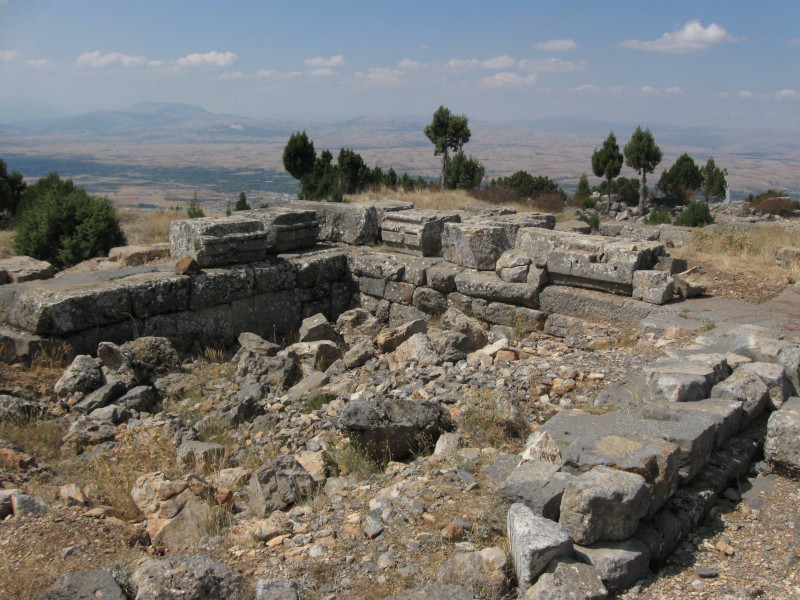
You may be viewing yesterday's version of this page. To see the most up to date information please register for a free account.





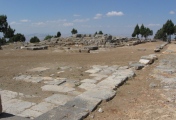
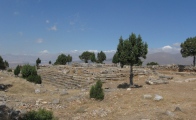
Do not use the above information on other web sites or publications without permission of the contributor.
Click here to see more info for this site
Nearby sites
Click here to view sites on an interactive map of the areaKey: Red: member's photo, Blue: 3rd party photo, Yellow: other image, Green: no photo - please go there and take one, Grey: site destroyed
Download sites to:
KML (Google Earth)
GPX (GPS waypoints)
CSV (Garmin/Navman)
CSV (Excel)
To unlock full downloads you need to sign up as a Contributory Member. Otherwise downloads are limited to 50 sites.
Turn off the page maps and other distractions
Nearby sites listing. In the following links * = Image available
3.4km WNW 303° Pisidian Antioch* Ancient Village or Settlement
30.2km SSE 147° Arakli Mound Ancient Village or Settlement
54.4km SSW 193° Sanctuary of Eurymedon* Cave or Rock Shelter
63.5km W 266° Tatarli Tumulus Artificial Mound
65.0km SE 142° Eflatun Pinar* Holy Well or Sacred Spring
68.6km ENE 74° Yalburt* Carving
77.5km NW 311° Afyon Archaeological Museum* Museum
82.3km SSW 195° Adada (Pisidia)* Ancient Village or Settlement
91.8km SE 140° Fasillar* Carving
91.8km SW 222° Sagalassos* Ancient Village or Settlement
99.6km SSW 208° Cremna* Ancient Village or Settlement
103.5km SW 233° Burdur Museum Museum
103.7km NW 324° Maltas* Rock Cut Tomb
103.9km NW 325° Aslantas* Carving
103.9km NW 325° Yilantas* Rock Cut Tomb
110.4km NNW 337° Midas City* Ancient Village or Settlement
110.7km ESE 113° Gevale Castle Hillfort
111.7km NNW 338° Pismis Kale Hillfort
112.4km NNW 337° Areyastis Monument* Sculptured Stone
113.7km NNW 337° Gerdek Kaya* Rock Cut Tomb
113.9km NW 323° Aslankaya* Carving
115.6km NNW 333° Kümbet Lion Tomb* Rock Cut Tomb
115.7km NNW 333° Kümbet Rock Sanctuary* Ancient Temple
116.1km NNW 333° Kümbet North Tomb* Rock Cut Tomb
117.0km SSW 201° Milyos* Ancient Village or Settlement
View more nearby sites and additional images

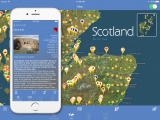

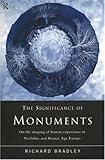


 We would like to know more about this location. Please feel free to add a brief description and any relevant information in your own language.
We would like to know more about this location. Please feel free to add a brief description and any relevant information in your own language. Wir möchten mehr über diese Stätte erfahren. Bitte zögern Sie nicht, eine kurze Beschreibung und relevante Informationen in Deutsch hinzuzufügen.
Wir möchten mehr über diese Stätte erfahren. Bitte zögern Sie nicht, eine kurze Beschreibung und relevante Informationen in Deutsch hinzuzufügen. Nous aimerions en savoir encore un peu sur les lieux. S'il vous plaît n'hesitez pas à ajouter une courte description et tous les renseignements pertinents dans votre propre langue.
Nous aimerions en savoir encore un peu sur les lieux. S'il vous plaît n'hesitez pas à ajouter une courte description et tous les renseignements pertinents dans votre propre langue. Quisieramos informarnos un poco más de las lugares. No dude en añadir una breve descripción y otros datos relevantes en su propio idioma.
Quisieramos informarnos un poco más de las lugares. No dude en añadir una breve descripción y otros datos relevantes en su propio idioma.